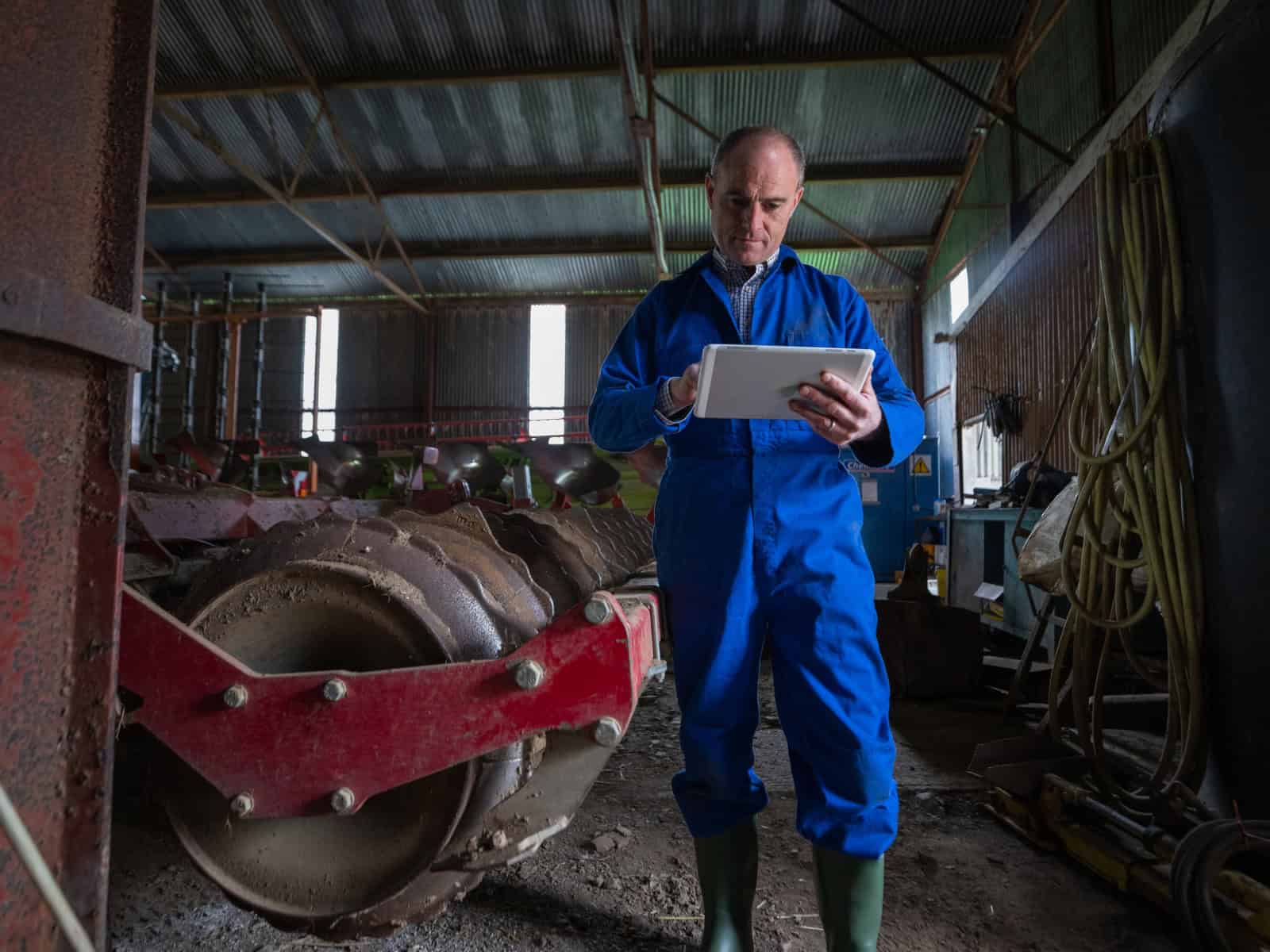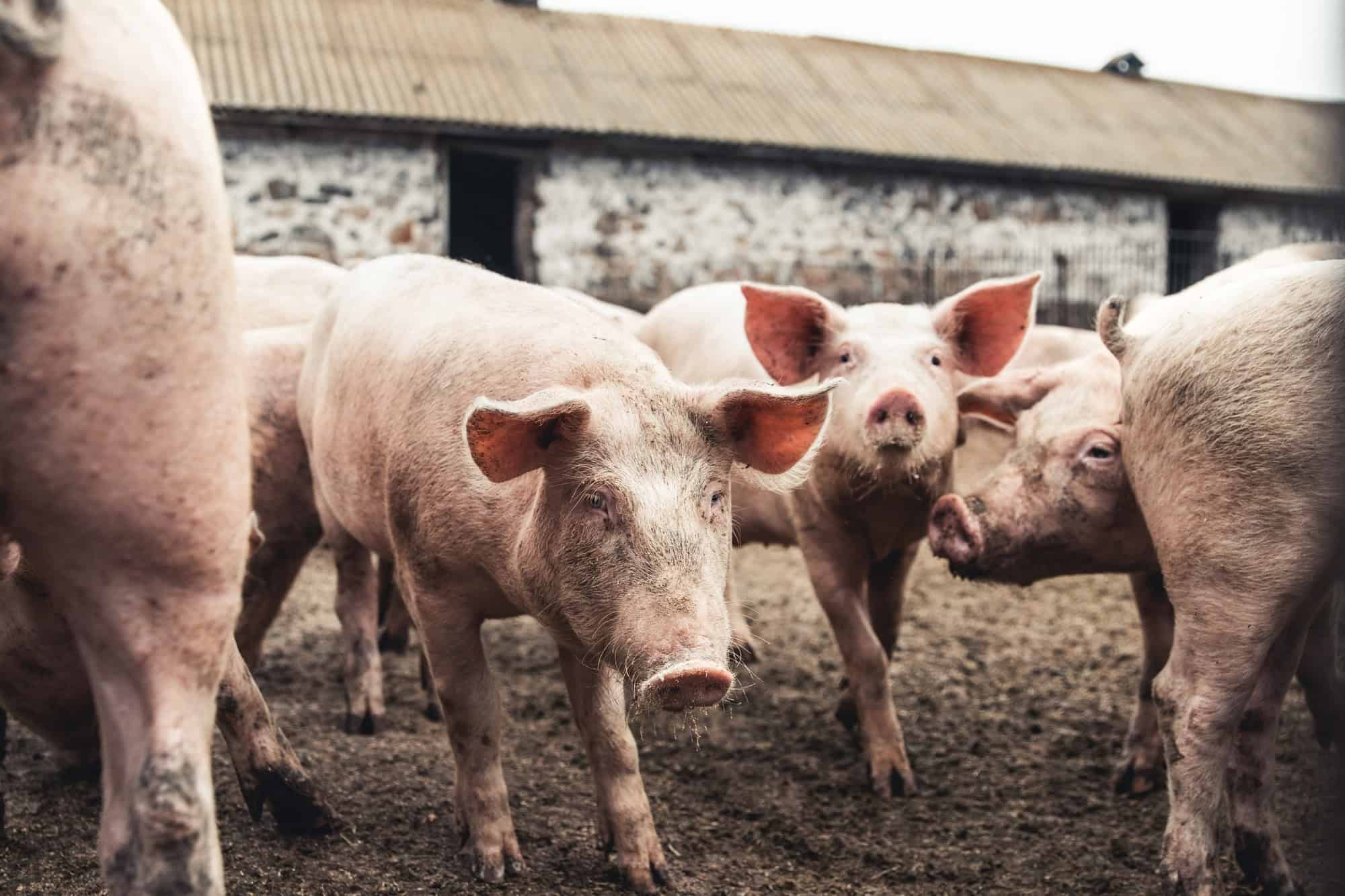Farmers face rising costs every year, from fertilisers to machinery repairs, making it harder to maintain cash flow while investing in quality inputs. Many hesitate to take on financing due to the perception that borrowing adds unnecessary costs. However, input finance can save you money in the long run—if used wisely. Here’s how:
1. Buy in bulk and save on costs
When paying upfront for large quantities of seeds, fertilisers, or feed, suppliers often offer discounts that can significantly reduce the cost per unit. However, not every farmer has the cash flow to make bulk purchases. With input finance, you can take advantage of these discounts, saving money over time.
Example: Financing a bulk order of fertiliser might cost £300 in interest but could save £1,000 in bulk purchase discounts.
2. Avoid expensive emergency costs
Without input finance, you might resort to more costly alternatives when cash is tight, such as emergency credit or sacrificing input quality. Lower-quality inputs can lead to reduced yields, which ultimately impacts profits.
Pro tip: Use input finance to invest in reliable, high-quality materials to maximise crop or livestock productivity.
3. Maintain cash flow for unexpected expenses
Farming is unpredictable. Machinery breakdowns, weather-related issues, or market price fluctuations can disrupt your finances. By financing inputs, you free up working capital to handle these unexpected costs without compromising operations.
4. Reduce harvest-season pressure
Input finance often comes with repayment terms aligned with your farm’s income cycle. This means you can delay repayment until after the harvest when you have more cash on hand. Avoiding the pressure to pay upfront ensures smoother cash flow management throughout the season.
5. Leverage fixed interest rates to beat inflation
Rising input prices can make it harder to budget effectively. Many input finance providers offer fixed-rate loans, allowing you to lock in today’s prices and avoid the higher costs of inputs next season.
Is input finance right for you?
Think about your current operations and financial needs. Ask yourself if financing will enable you to purchase higher-quality inputs or buy in bulk to reduce costs. Consider whether there are discounts or early-order incentives you could take advantage of with additional funds. Finally, evaluate whether the repayment terms can align with your farm’s cash flow cycles, particularly if your income is tied to seasonal harvests.
If the answer to these questions is yes, input finance could be a valuable tool for reducing costs and improving profitability in the long run.
Get started with Peregrine Finance
We specialise in providing financial solutions for farmers, including input finance. We understand the challenges of agricultural cash flow and offer flexible options to suit your needs.
Ready to save money and maximise your yields?
Contact us today to learn more about how input finance can transform your farming business.




